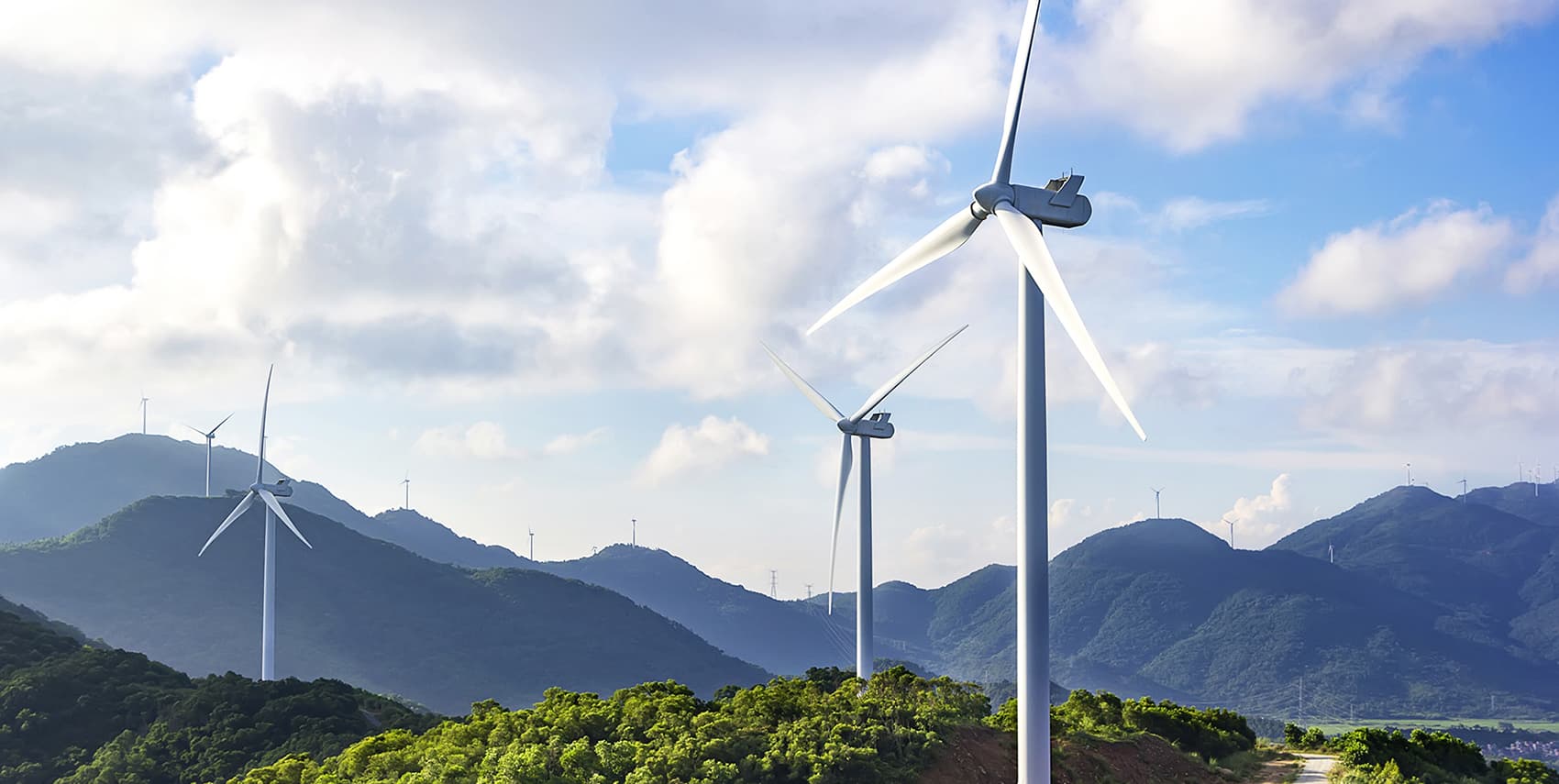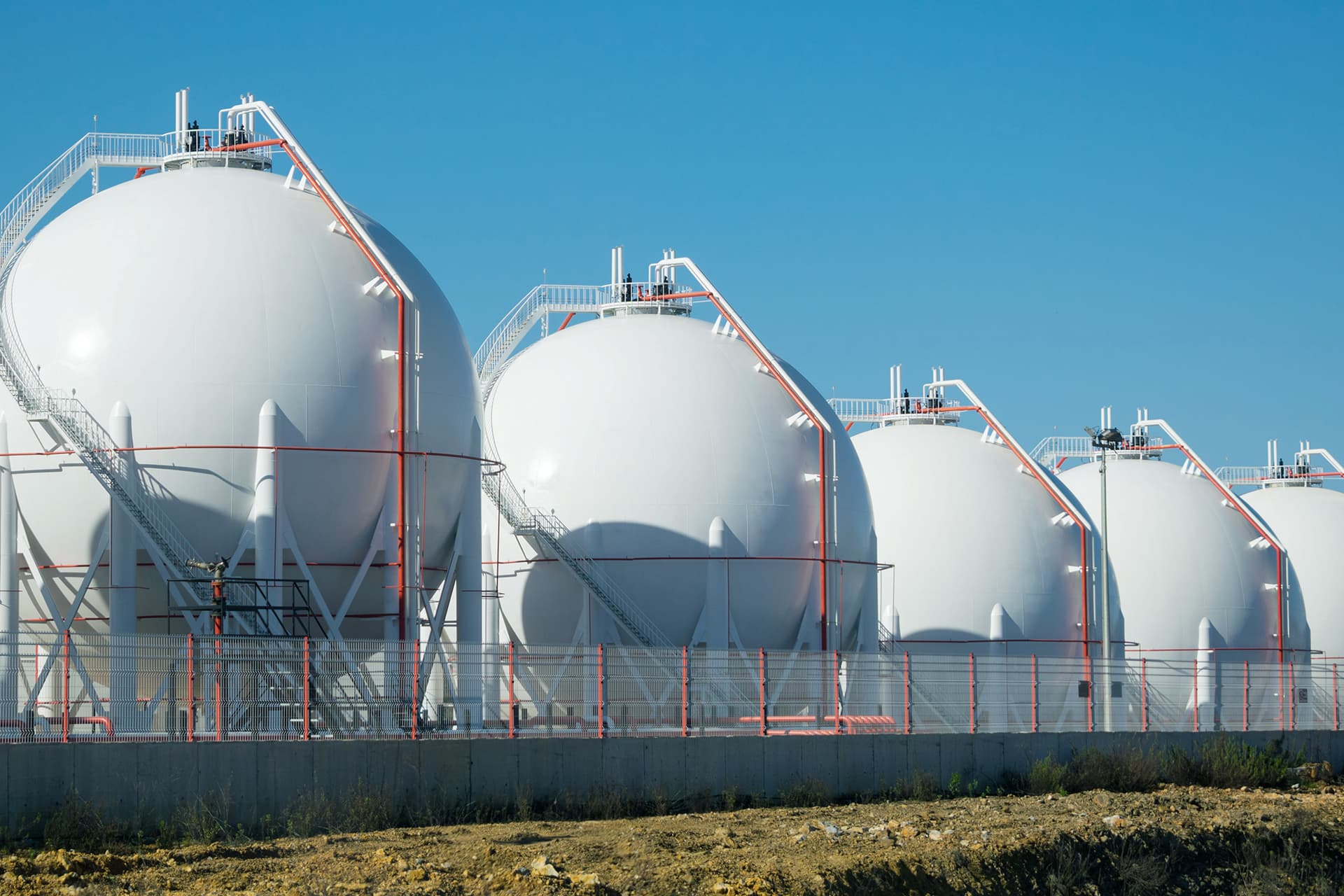Highlights from our Market Expert View Spring Edition
In March we hosted the spring edition of our Market Expert View webinars. Insight by Volue power market analysts delved into topics ranging from carbon and gas price developments to emerging trends in the CWE, UK and Nordic power markets. Here is a summary of the key points covered in our three sessions.
Published
Mar 22, 2024

Bearish factors in the carbon market have surfaced during the last few months
Carbon prices have dropped considerably over the last couple of months, much due to the energy crisis hitting industrial players and awareness of high auction volumes coming. It has also become well known that 2023 emissions, when they are disclosed in early April this year, are going to be very low. For 2024, we expect carbon prices to be dominated by 2024 emissions expectations and the question of when an industrial recovery can commence.
Gas prices back to “normal” levels
European gas prices have been locked in a bearish trend this winter. The TTF day ahead contract is trading $25/MWh, more than halved since the peak in October following the eruption of the Israel-Hamas war. A mild winter with receding risk premiums, full storages and sluggish demand is the main story. There could be more downside potential. More LNG supply diversions to Asia and more use of storage capacity in Ukraine by European companies might be necessary to avoid an oversupply situation in the summer.
Weak price trend to prevail this spring with ample supply
Power prices have largely continued their bearish trend in the past months and are now trading near three-year lows, pressured by weak fuel and CO2 prices. We don’t expect the recent uptick in CWE power prices to be sustainable given we are exiting winter with gas storage levels around 60% capacity, solar growth is leading to sharp spot price declines, hydro balances are at a surplus and French nuclear output has improved. On the demand side, we don’t anticipate a strong recovery in the near term based on unchanged weak indicators for key business and manufacturing sectors. Furthermore, our medium-term fuel scenarios show that gas price fluctuations have the biggest impact on power price movements, with gas often acting as the marginal price-setting fuel next year.
Will the downward pressure on the gas and EUA market continue this summer?
The status of the current European power balance gives signals that the consumption recovery will take more time and with massive investment in new renewable production from wind and solar in addition to better delivery from hydro and nuclear production we might see heavy pressure on gas and EUA markets to continue this year as well. The demand for thermal power production will go down.
The Nordic area has a deficit of hydro reservoirs and a surplus in snow in southern Norway might not be enough to fill up the hydro reservoirs this summer unless we see a wet weather trend. The gas market prices will play an important role in this market, and the EUA prices see some interesting emission verification data shortly which might bring additional bearish signals to the market.
All area prices in Norway are closer together than seen in the past years and we expect this development to continue in the next couple of years as consumption growth might stabilize the price influence of investments in new renewable production.

European Gas Market Analysis
Our Gas Market analysis offers comprehensive data and insights for professionals in the energy sector, allowing them to make informed decisions in the dynamic and complex gas markets. We provide a range of technical data and forecasts related to gas consumption, supply, production, storage, and trading.
Energy Market Data & Forecasts

Short-Term Analysis
Access hourly and 15-minute resolution forecasts for intraday fundamentals, day-ahead prices, and cross-border exchanges. Powered by in-house weather-driven models, market data, and UMMs, our short-term analysis delivers market intelligence to support better trading decisions.
Energy Market Data & Forecasts